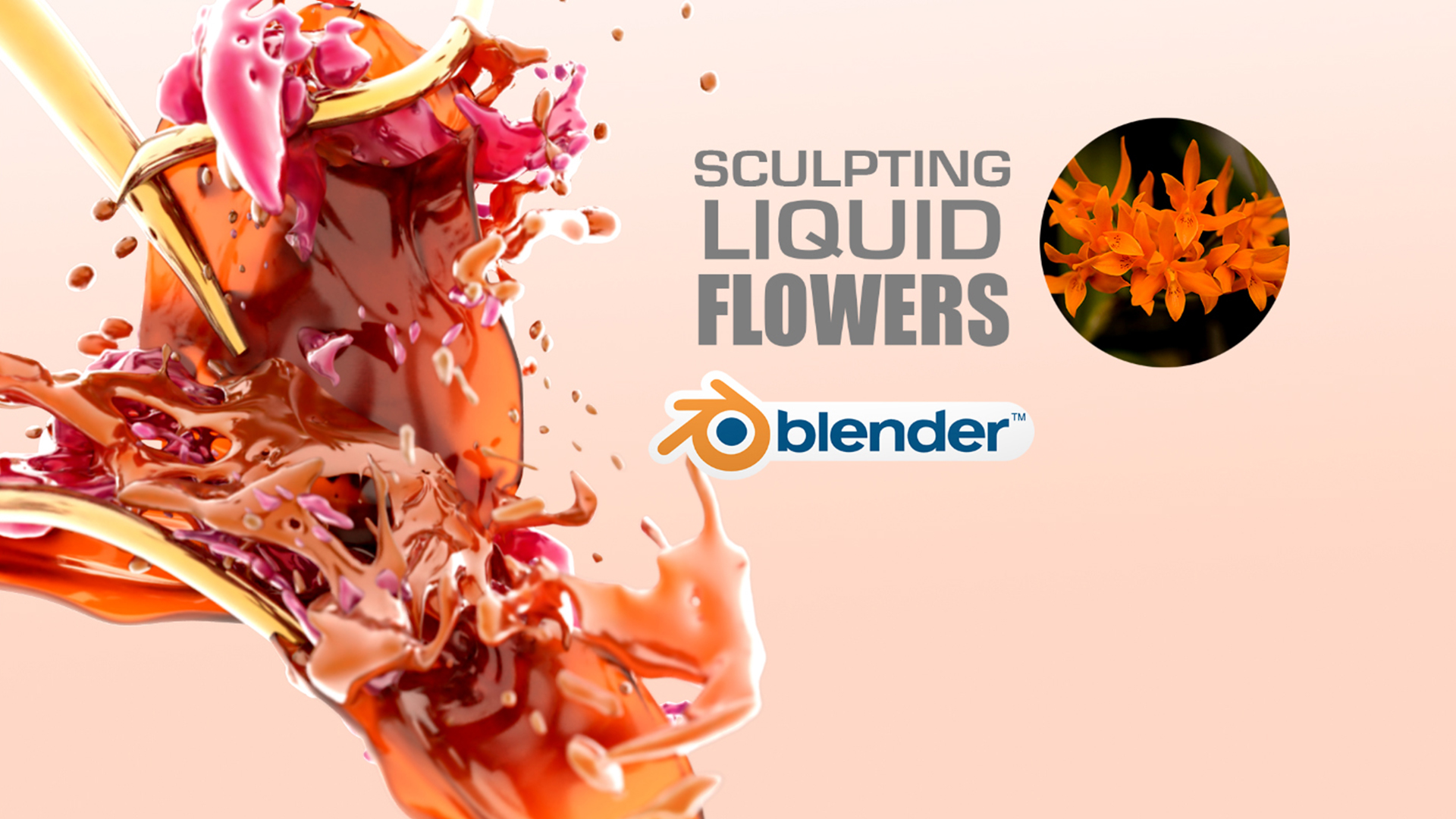This week we´ll be creating liquid orchid flowers on Blender. This tutorial is aimed for the beginner to middle user who wants to polish their 3D skills with Blender. It relies on many native Blender addons plus other extras that will definitely give you an edge on your renders. As always, the finished assets are available to download from Gumroad. Let´s go to the checklist for all the necessary addons that must be activated on Blender from FILE>User Preferences (CTRL+ALT+U) > Addons, and write on the search box:
- Node: Node Wrangler
- Pie: Pie menu (all 2 of them)
- Object: Bool tool
Activate them all. Also, this is the url for EasyFx. Install it before we begin the tutorial.
You can download Natron here.
You can download the gMick nodes used in this video, here.
Inspiration
Orchids are wonderful flowers, some species may bloom after 4 or 5 years which makes them unique species. Probably that was the idea behind the original Avid Softimage XSI version 3 package when they took inspiration to design an orange liquid flower. When XSI v3 was released back in 2003 it had awesome “teach yourself” interactive DVDs before buying the full release, and it included an spectacular free -limited- demo of the software. So this is where I´ll be taking the reference we need to inspire ourselves in the creation of the Liquid Orchid Flower.

Steps to create liquid Flowers in Blender
Blender is a complete 3d application for a generalist. We will be working to cover the following topics:
- Modeling the petals
- Merging the petals together
- Creating a particle simulation using metaballs
- Setting force fields on the scene (Turbulence)
- Convert the particles to meshes (or freeze)
- Sculpting the basic form of the liquid and drops
- Creating a second particle simulation with more dense and detail particles
- Using an HDRI world environment for better illumination
- Creating the shader for the liquid using the wrangler node shortcuts and tricks
- Setting up different kind of lights to be reflected on the edges of the surfaces
- Learning camera parameters for depth of field in the viewport and renders
- Creating a custom stored view for quick access to the final camera position
- Rendering at 4K resolution with presets and trying out quick image tweaks with EasyFX
- Rendering a Zdepth pass to use in Natron (or external compositor)
- Working in Natron to integrate a background and light wrap
Check the video and if you have any questions, you may write/ask them here. I´ll be glad to give more details about this tutorial.
Thank you!
Are you ready to test your knowledge?
[h5p id=”2″]
To get the finished assets visit Gumroad:

